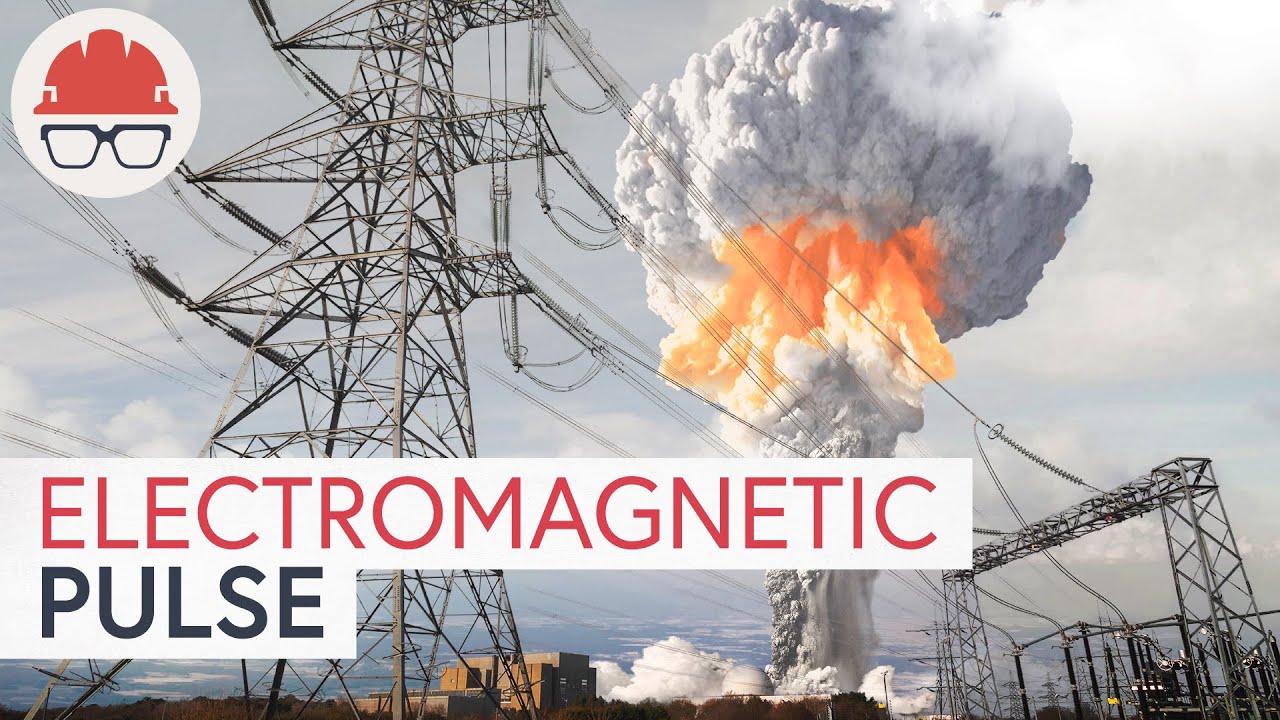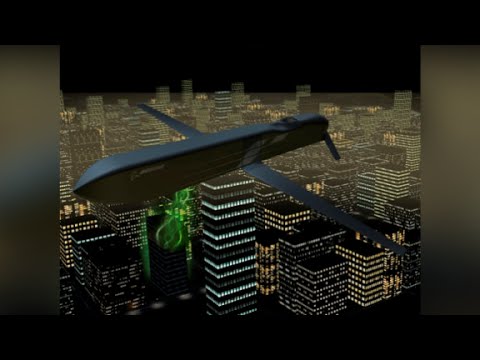Nuclear weapon detonations in the upper atmosphere and space produce a series of three pulses of electromagnetic energy due to interaction of the weapon effects with the upper atmosphere and the Earth’s geomagnetic field. The effects of these pulses (electromagnetic pulses, or EMP) can be, for high altitude detonations, of continental scale and potentially severe in their effects on unprotected electronic equipment and electrical infrastructure.
Between 2016 and 2019, the Electric Power Research Institute (EPRI) in the U.S. conducted a study of the impact of EMP on the U.S. electrical power grid, publishing a report, “High-Altitude Electromagnetic Pulse and the Bulk Power System: Potential Impacts and Mitigation Strategies” (full-text PDF download available at the link). Based upon theoretical and experimental measurements of actual power grid components in simulated EMP conditions, they find that the consequences of typical EMP scenarios are potentially serious, but not as dire as presented in a variety of fictional and nonfictional treatments such as William R. Forstchen’s One Second After. In particular, they find that the large transformers used in the power grid, which are not manufactured in the United States and have long lead times to obtain replacements, are very unlikely to sustain permanent damage from an EMP event.
The EPRI report has been criticised by other researchers as neglecting some effects and not taking into account the “unknown unknowns” which doubtless exist when considering the consequences of an attack on a continental-scale system. Also, the EPRI did not consider the consequences of EMP on systems other than the power grid: the EMP Commission’s infrastructures reports from 2004 and 2008 remain the best resources for these risks.

